Nature reports
Page 48 of 74 - 736 Results
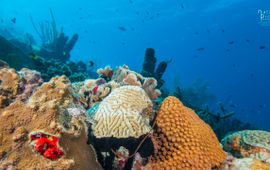
A new study will examine the genetic connectivity of corals located around the ABC islands. The goal is to find a link between the spatial arrangement of hard coral species to connectivity and population structure between the..

In 2021, the Amsterdam Zuidas will host 'Sapiens', a unique place where young people and scientists can work together on projects that improve our planet. The initiative will be launched by Naturalis Biodiversity Center, Vrije..
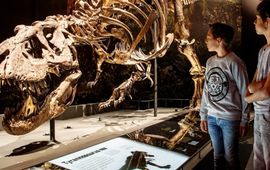
The type of question that museums ask about objects in their collection influences conversations between parents and children. Researchers from Leiden University and Naturalis Biodiversity Center studied how questions influence..
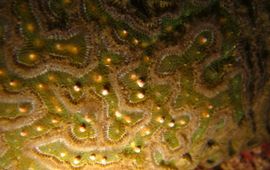
CARMABI has released its annual coral spawning prediction calendar for the south Caribbean. This calendar plays a central role in studying the reproduction of Caribbean corals and guiding coral restoration efforts for the..
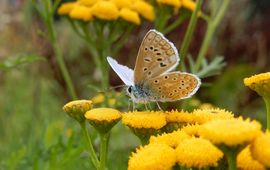
In order to increase knowledge about Dutch biodiversity, a national approach to scientific research is necessary. To make this possible Naturalis, NIOO-KNAW, NIOZ-NWO and Westerdijk Fungal Biodiversity Institute-KNAW will start..
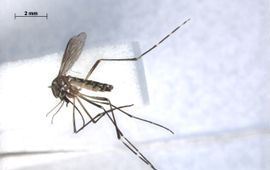
A 2018 study of mosquito populations on the islands of Sint Maarten, Saba and Sint Eustatius documented eleven species, including two new species for Sint Maarten, a number of which are known to spread mosquito-borne diseases...
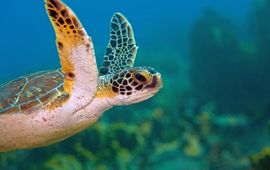
Sea Turtle Conservation Bonaire (STCB) recently published their 2019 annual report. Last year marked an important year as new research provided insight into local green and hawksbill turtle populations. Understanding annual shifts..
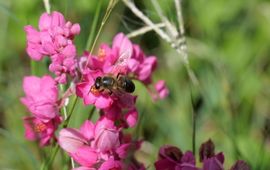
A study by researchers from the Vrije Universiteit Amsterdam shows that the invasive plant coralita and urban development have led to large, distinct changes in insect and spider communities on Sint Eustatius. Hence, coralita is..
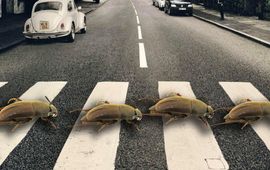
Scientists in the Netherlands today announce the discovery of a new beetle species named after The Beatles. The insect was found on a citizen science 'expedition' to the Vondelpark in the heart of Amsterdam - close to the Hilton..
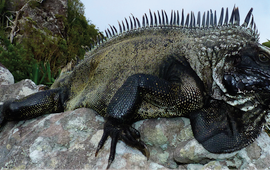
New research describes a unique species of iguana for the islands of Saba and Montserrat. The painted black iguana, with its distinct black coloration, is an endemic species to these islands and must be recognized as such to help..
